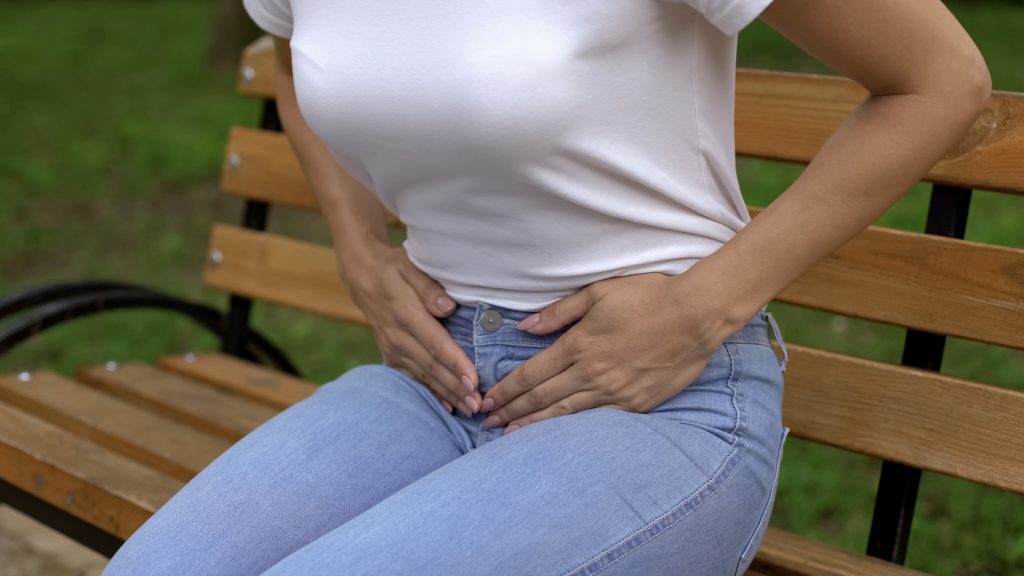What are Uterine Fibroids?
Uterinine Fibroids, also known as leiomyomas or myoma, are benign (non-cancerous) growths of the uterus (womb). Uterine Fibroids develop within the uterus and can sometimes attach to the wall. They are extremely common and usually grow in women of a childbearing age.
How do I know if I have Uterine Fibroids?
Most of the time there are no symptoms with Uterine Fibroids and often you have no idea that you have them. However, in some cases they can cause excessive menstrual bleeding, pelvic pain, frequent urination and in some cases can even lead to pregnancy complications.
Fibroids can be detected using a hysteroscopy or an ultrasound, where the inside of the uterus can be seen with a hysteroscope, a thin telescope that is passed through the cervix. Sometimes they may be detected incidentally during your routine gynaecological exam, during a pelvic ultrasound or during another surgical procedure.
What are the health concerns related to Uterine Fibroids?
For many women, Uterine Fibroids are not a cause for concern and do not require treatment. Only 20 to 30 percent of women will have symptoms. One of the most common conditions is anaemia (a reduction in your red blood cells). You may also experience bowl and bladder problems and get a feeling of fullness in the pelvic area (lower stomach area).
Uterine Fibroids can cause problems for women who wish to get pregnant because the tumors may be growing along the uterine wall making implantation of a fertilised egg more difficult. During pregnancy, fibroids that place pressure on the placenta can reduce placental blood flow, causing a higher risk of miscarriage and premature delivery.
How can Uterine Fibroids be treated?
There are a number of treatment options available for you. It is important that you discuss with Dr Dharmesh Kothari all the options available. Some of the major treatments include:
- Robotic Myomectomy – uterine fibroids can be removed by keyhole robotics surgery. This is considered a safe, effective and minimally invasive way to remove them. Compared to open abdominal surgery, with robotic myomectomy you may experience less blood loss and have fewer complications.
- MRI-directed ultrasound – the MRI machine locates and monitors the Fibroids, and ultrasound is used to heat up and destroy the fibroid tissue. The procedure is performed without anaesthetic, but medication can be given to help with relaxation.
- Arterial embolisation – this is performed under local anaesthetic, a tube is passed through an artery in the arm or leg into the main artery that is supplying the fibroid with blood. The process is monitored by x-ray. The fibroid slowly dies and symptoms generally subside over a few months.
- Hysteroscopy – the fibroids will be removed through the cervix using a hysteroscope (a thin telescope) with a cutting loop.
- Laparoscopy – or ‘keyhole surgery’. A thin telescope is inserted through the abdomen, and other instruments are used to remove the fibroid
- Open surgery – larger fibroids need to be removed through a cut in the abdomen. This procedure weakens the wall of the uterus.
- Hysterectomy – the surgical removal of some, or all, of the uterus. Pregnancy is not possible after a hysterectomy.
There’s no single best approach to uterine fibroid treatment. It really depends on the size and severity of symptoms and whether you are planning on any future pregnancies.
To learn more about your options, contact Wollongong Obstetrics and Gynaecology to arrange for a consultation with our Obstetrician, Dr Dharmesh Kothari.

